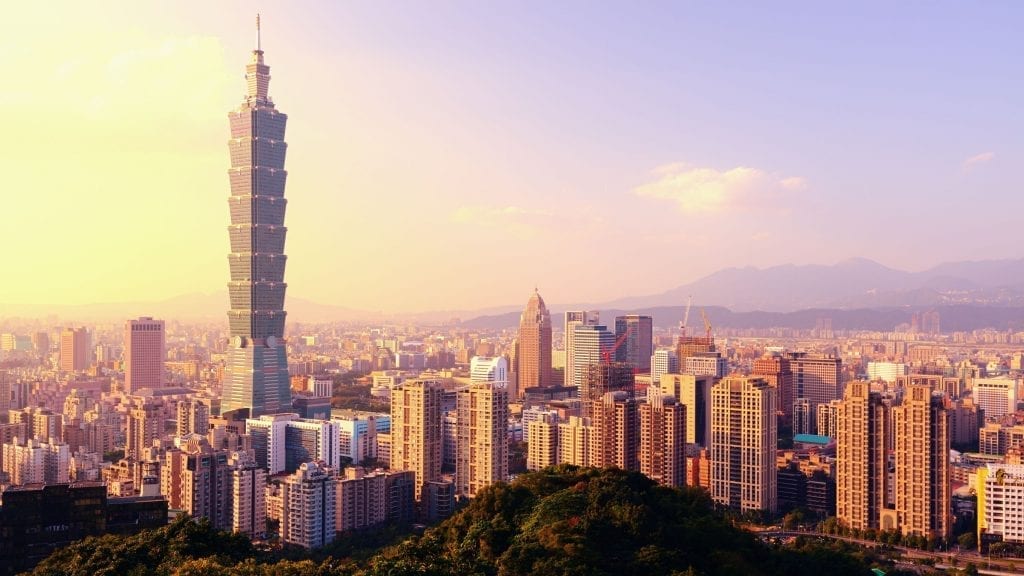
The COVID-19 pandemic would have a major effect on developing economies in Asia and may even drive several countries into recession, according to the World Bank. The novel coronavirus presents a massive danger to one of the leading economic development drivers in the world, driving it into recession and throwing 11 million citizens into poverty, the Washington-based institution reported. Most of the economies in the region haven’t faced a recession since the 1998 crisis.
Before the pandemic crippled the world economy, things were looking up for the East Asia and the Pacific (EAP) region. Prior to the global pandemic, projections estimated that nearly 35 million people would escape poverty in 2020, with over 25 million in China alone. Now with the real possibility of a recession looming over the EAP, there will be no getting out of poverty anytime soon.
Asia’s economies will contract 0.5 percent in the worst-case scenario, which predicts a protracted pandemic with more serious consequences, the study forecasts.
As the Vice President for East Asia and the Pacific at the World Bank Victoria Kwakwa noted, the countries were already coping with trade tensions on the global market and the consequences of the spread of coronavirus in China, and now they’re faced with a global shock.
Despite the pandemic endangering many industries on the market, there was a positive market sentiment recently, with US equities surging further. The things aren’t looking good for China however, as retail sales fell, along with the GDP.
The growth in the developing EAP region was projected to be 5.8 percent in 2019. Now the numbers have fallen significantly indicating them to slow to 2.1 percent in the baseline and to negative 0.5 in the lower case scenario in 2020.
The World Bank advises that countries need to take steps immediately to alleviate some of the imminent impacts of the virus – including accelerated improvements in healthcare infrastructure and targeted fiscal measures.
Along with doubling down on supporting the national healthcare capacity for long-term preparedness, the report also suggests that the countries should take an integrated approach of containment and macroeconomic policies.
“Targeted fiscal measures – such as subsidies for sick pay and healthcare – would help with containment and ensure that temporary deprivation does not translate into long-term losses of human capital,” reads the World Bank report.
The Chief Economist for the region at the World Bank has also suggested that in addition to the national actions, the most effective vaccine against this virus would be accelerated international cooperation. “Countries in East Asia and the Pacific and elsewhere must fight this disease together, keep trade open and coordinate macroeconomic policy,” said Aaditya Mattoo.
The study calls for international collaboration and new cross-border public-private alliances in order to improve the development and delivery of essential medical products and services in the face of the pandemic and retaining financial stability in the aftermath. In order to ensure the gradual economic growth in the region, the World Bank stresses that the trade policy should remain open so that all countries have access to medical and other resources.
Another World Bank policy advice is easing credit to support households to smooth their expenditure and helping businesses withstand the immediate shock. Nonetheless, given the possibility of a prolonged crisis, the study emphasizes the need to pair these efforts with regulatory supervision, particularly when many EAP countries already bear heavy corporate and household debt burdens. “For poorer countries, debt relief will be essential, so that critical resources can be focused on managing the economic and health impacts of the pandemic,” the study notes.
The World Bank report also takes into account some characteristics of the countries in the region and the implications of COVID-19 on specific sectors that are of vital importance for them. Highlighting that households that are dependent on sectors that have been hit the hardest by the pandemic will be at the highest risk of falling into poverty. Such vulnerable economic activities include tourism in Thailand and the Pacific Islands, manufacturing in Cambodia and Vietnam, and households dependent on informal labor in all countries.
Many of the countries in the region have already been facing significant challenges and the global pandemic just adds up to those, such as droughts in Thailand or commodity shocks in Mongolia. The outlook for 2020 in the Pacific Island countries is subject to particularly significant risks owing to the dependence of their economies on grants, tourism, and imports.
To combat the detrimental effects of the global pandemic, the World Bank, along with the other international organizations, has already taken significant steps in aiding the developing countries in efforts to minimize the damage.